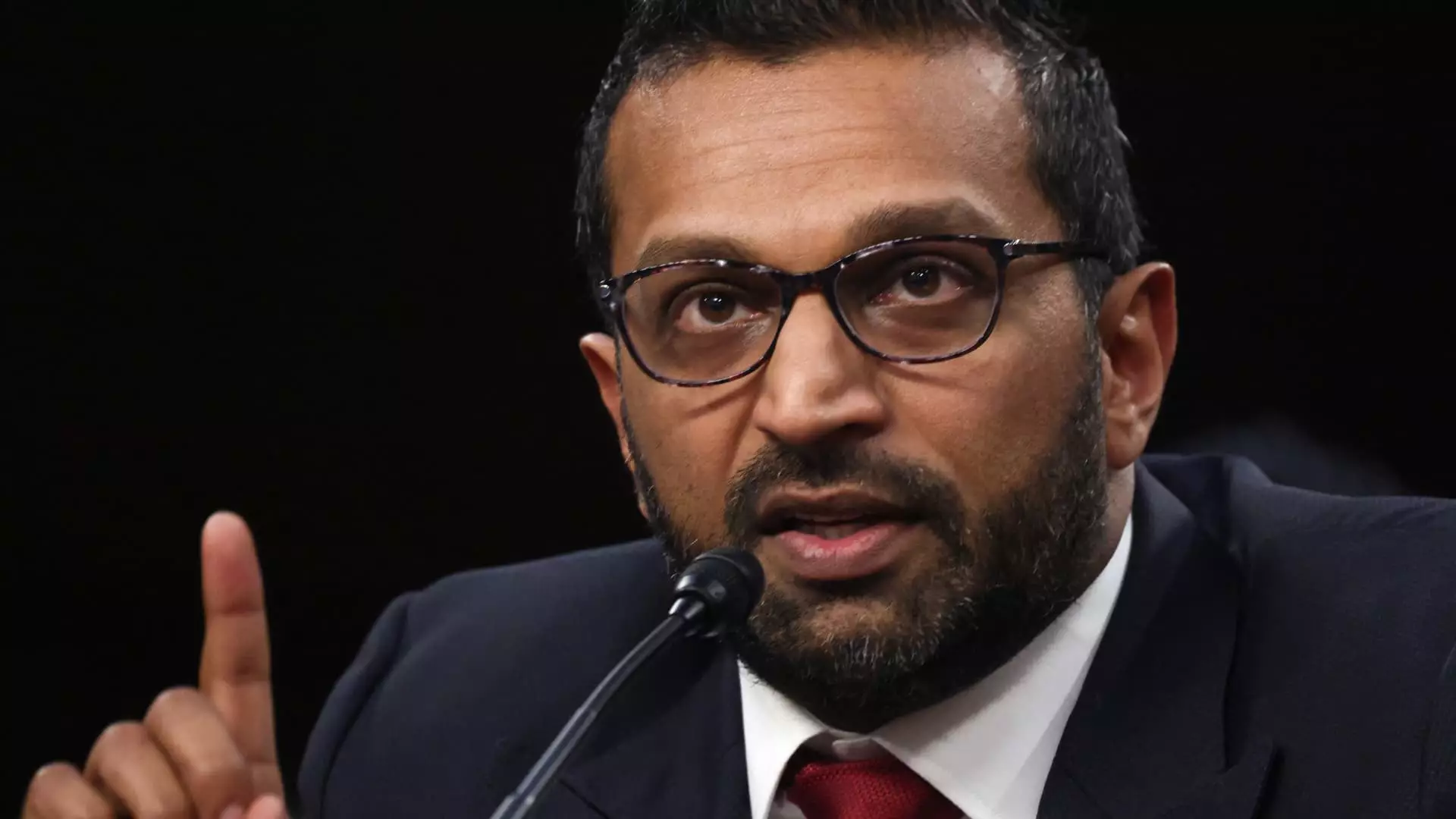In a surprising turn of events, recent reports indicate that Kash Patel, the newly-appointed FBI Director, is poised to assume the responsibilities of the acting head of the Bureau of Alcohol, Tobacco, Firearms and Explosives (ATF). This unprecedented dual leadership not only raises eyebrows but also significantly impacts how these two intertwined agencies, each with its own critical missions, will navigate the complex landscape of firearms regulation in the United States. Examining the implications of Patel’s appointment reveals a unique confluence of politics, policy, and public safety.
Kash Patel’s recent confirmation as FBI Director was not without controversy. His unwavering loyalty to former President Donald Trump and intentions to implement sweeping changes within the FBI prompted widespread scrutiny, particularly from Democratic lawmakers wary of his motives. The magnitude of this scrutiny is amplified by his impending role at the ATF, an agency that has historically faced opposition from conservative factions due to its regulatory oversight of firearms. Patel’s dual position may serve to consolidate power but simultaneously poses a risk of exacerbating partisan divides, especially with gun rights advocates already framing his leadership as a victory for their cause.
The ATF, with approximately 5,500 employees, is a federal entity tasked with enforcing laws governing firearms, explosives, and arson. It manages crucial operations such as authorizing federal firearms dealers and analyzing crime-related gun data, vital functions for public safety. However, the agency has long been a target for criticism from gun rights proponents who argue that its regulations infringe upon Second Amendment rights. The recent termination of Pamela Hicks, the ATF’s chief counsel, by Attorney General Pam Bondi, further complicates the agency’s operational landscape. Bondi’s rationale – alleging that the ATF was “targeting gun owners” – highlights a growing tension within the agency and underscores the challenges Patel will face.
The Biden administration’s push for tighter gun regulations, including measures on ghost guns and expanded background checks, contrasts sharply with the sentiments expressed by conservatives who favor looser controls. President Trump’s executive order to examine Biden’s actions concerning firearm regulations marks a pivotal moment in this ongoing debate. With Patel overseeing both the FBI and the ATF, the potential for policy alignment or divergence grows acute. There is a palpable fear among gun safety advocates that this amalgamation of authority under Patel could lead to regressive policies that favor gun rights to the detriment of public safety initiatives.
The response from advocacy groups has been telling. Gun safety entities like Brady have denounced Patel’s rise as one that magnifies an extreme pro-gun stance, labeling him a “known gun rights extremist.” Conversely, gun rights organizations like Gun Owners of America are celebrating his leadership, viewing it as a pivotal moment for those who cherish constitutional liberties. This binary perspective underscores the polarized discourse surrounding firearm regulation in the United States, reflecting broader societal debates about safety, rights, and governance.
As Patel prepares to take on his dual roles, the stakes are formidable. The intersection of law enforcement and regulatory oversight surrounding firearms has always been fraught with contention. Patel’s leadership may usher in a new era for both the FBI and the ATF, but whether this will be marked by increased collaboration or heightened conflict remains uncertain. The coming weeks and months will undoubtedly be crucial in determining how Patel balances these responsibilities while addressing the pressing concerns of safety advocates and gun rights supporters alike. The future of firearm regulation hinges not only on Patel’s decisions but also on the broader political climate and the evolving landscape of public opinion in America.



Leave a Reply